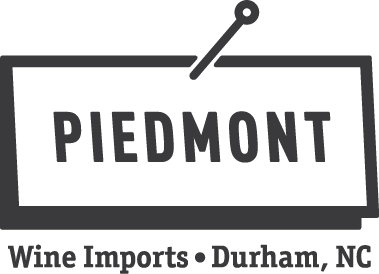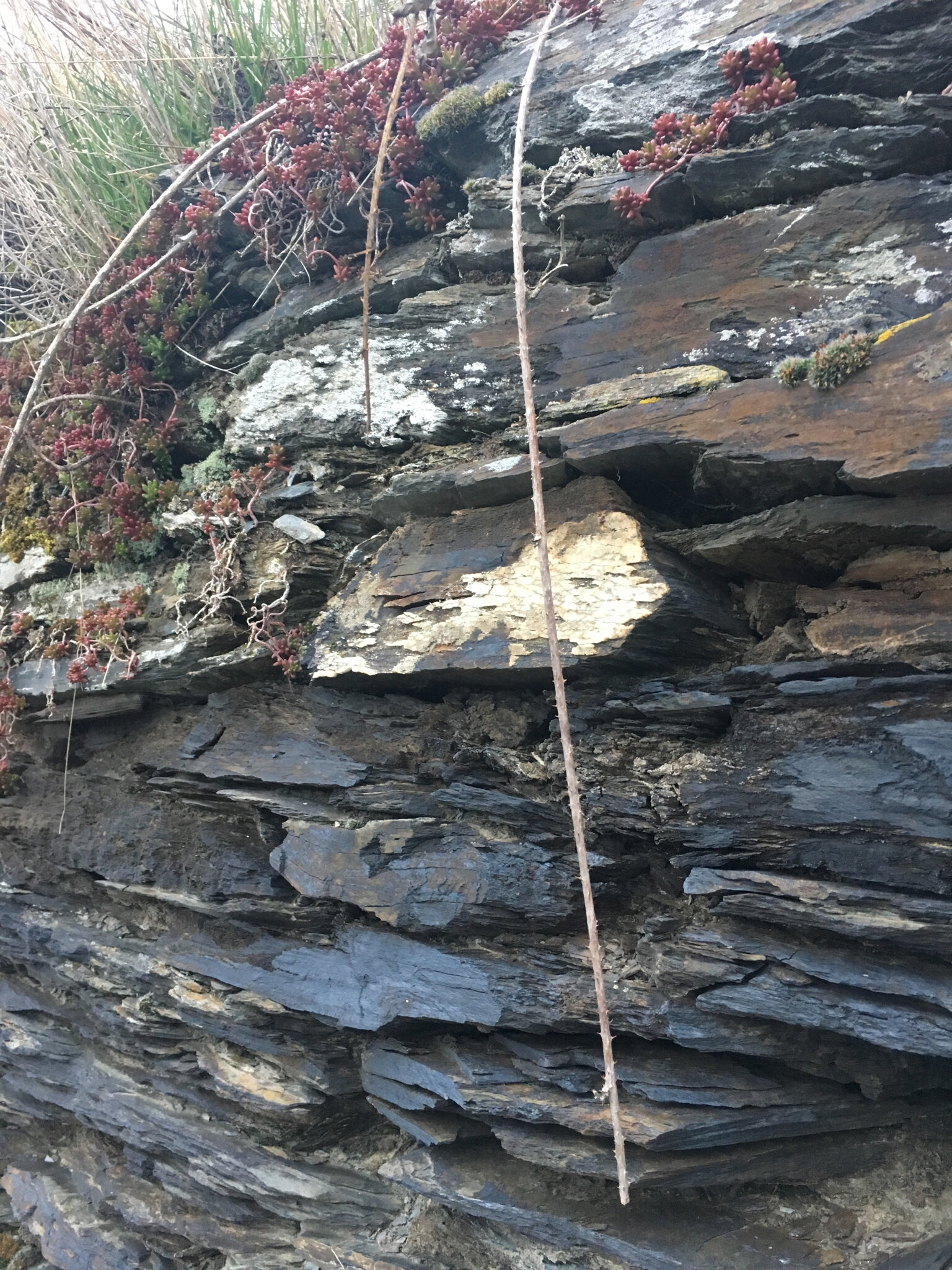Weingut O.
Who: Olaf Schneider
Where: Traben-Trarbach (Mosel, Germany)
What grapes: Riesling
How many bottles: Total production for the winery is 5,000 bottles (in a good year.)
Key facts: The vines of the Ungsberg vineyard are over 100 years old & ungrafted, possibly the oldest in the Mosel. The vines of the Bikiniblick vineyard were planted in the 1960s.
Website: http://www.weingut-o.de/index2.html
Weingut O. Olaf Schneider Bikiniblick Trocken — SOLD OUT
Viticulture: Does not use synthetic Herbicides or Pesticides
Soil type: Grey slate, Concave Hillside
Elevation: 200 meters
Grapes: 60+ year old Riesling
Method of fermentation: The grapes are hand harvested from the dangerously steep, grey slate, hillside and pressed in an ancient basket press. The wine is fermented using only native yeast and vinified in old large barrels.
Weingut O. Olaf Schneider Ungsberg Feinherb — SOLD OUT
Viticulture: Does not use synthetic Herbicides or Pesticides
Soil type: Grey slate, concave hillside
Elevation: 200 meters
Grapes: 60+ year old Riesling
Method of fermentation: The grapes are hand harvested from the dangerously steep, grey slate, hillside and pressed in an ancient basket press. The wine is fermented using only native yeast and vinified in stainless steel.
Weingut O. Olaf Schneider Kabinett Ungsberg
Viticulture: Does not use synthetic Herbicides or Pesticides
Soil type: Grey slate, Concave Hillside
Elevation: 200 meters
Grapes: 60+ year old Riesling
Method of fermentation: The grapes are hand harvested from the dangerously steep, grey slate, hillside and pressed in an ancient basket press. The wine is fermented using only native yeast and vinified in old large barrels.
For two decades at the beginning of the 20th century Traben Trarbach’s wine merchants were the most successful in Europe. At the end of this golden era they left behind clusters of beautiful art nouveau buildings, the bulk of which seem to have been converted into luxury hotels with spas, conference hotels, and sleepy restaurants. One particularly imposing stone structure is now a Buddha museum, full of metal statues of varying size and provenance. The building itself retains its original century-old architectural embellishment: improbable aesthetic dissonance.
There are star wineries in Traben today, Weiser-Kunstler, Martin Mullen. I’m not here to see them, and like the rest of this off-season riverside tourist stop, they appear devoid of activity. I’m in Traben to make sure Olaf Schneider ships me the last 350 bottles of 2016 Weingut O. Riesling hiding out in his tiny cellar. We meet in the late afternoon. He is tired, returning from a long day in Trier and wearing the dust of an ongoing construction project/new house that he recently acquired across the river from his home, in Trarbach. Olaf and his partner Simone Pollmann run an increasingly successful and wonderfully idiosyncratic boutique hotel next to their home, a building that must have been a stable at some point in history: a large painted black horse head juts from above the side doorway. Their economic success is threatening mine. I heard from the horse’s mouth that rumours are true. Olaf has sold his 2 hectares of vineyards! Tourism is filling their hotel, more each year, and the busy season for vignerons is the same as it is for hoteliers. I can’t blame him. Working the dangerously steep slopes he farmed is a young man’s folly. The new owner has plans to reclaim additional portions of the concave (a shape that’s hot during the day, cold at night: perfect for Riesling) hillside bordering Schneider’s Ungsberg and Bikiniblick vineyards. The former is terraced and ungrafted, over a century old, possibly the oldest vines in the Mosel. It produces tiny berries of otherworldly concentration. As the name implies, Bikiniblick overlooks the public pool at a distance of perhaps 200 meters. It’s vines are staked, and 60+ years old. On hills this steep poles are essential. To work a vineyard with wire trellises would mean positional repetition for the farmer: murder on the back. A staked vine can be worked from all sides. We are humans, not machines! Our bodies like diversity of motion.
From Weingut O’s precarious grey slate slope you can also see the oldest mini golf course in Europe. This town has everything. Except places to eat dinner. On a Tuesday evening, options are confined to a kabob shop (already ate there) and haute cuisine. The hotel Bellevue is perfectly frozen in time. Emily Post would approve of the silver service, the calm officiousness of the waiters, the timeless appeal of the menu. Venison consommé, dove cooked in a clay pot, braised ox with indescribably perfect mashed potatoes. The room is empty. I can hear old German voices drifting across the hall. There is a bar with red leather chairs and Belle Epoque paintings. The wine list is a tome containing every Mosel producer of interest. I began my meal with Martin Mullen’s Riesling trocken and ended it with an older Abtsberg Riesling from Maximin Grunhaus. Framed fading photographs provide border to the dining space and offer impressions of Traben’s golden age. So many unsmiling faces. A patriarch from the industrial age looks down from a place of prominence, painted in somber oils with no shred of embellishment. Stern, functional, unsentimental.
Our hello/goodbye moment with the wines of Weingut O. will begin in spring. One of the things I appreciate about wine is the reminder that everything is temporary. All estates pass into history. If they don’t they change. The morning’s conversation with Lars Carlberg and Johannes Weber at Hofgut Falkenstein centered on the topic of historic estates in their region (the Saar) that perhaps have gone off the boil a bit. Succumbed to success, turned their attention from farming to marketing. Isn’t it inevitable Olaf Schneider later opined, for a winery to take this path once they reach a certain size? Someone has to sell the wine. It’s hard to stay in the perfect moment forever. Hofgut Falkenstein are there, Weiser-Kunstler, too. The latter estate is making (in Lars’ opinion) the best wines in the Mosel today. But only 30,000 bottles. Olaf, who lives on the same street as Weiser-Kunstler, observes the wines are basically bottled and sold out on the same day.









